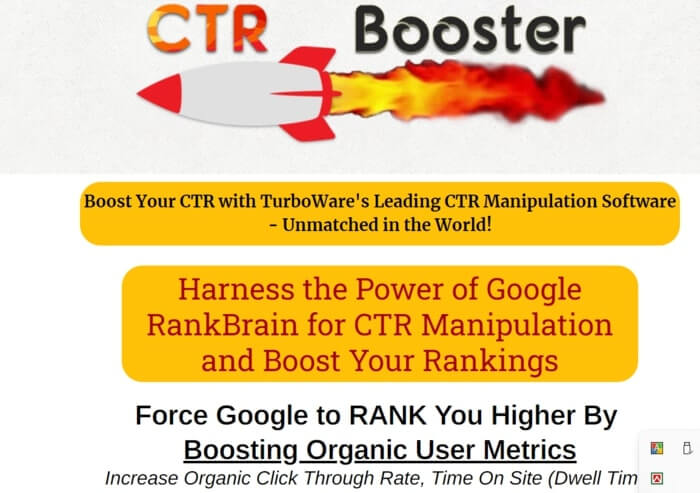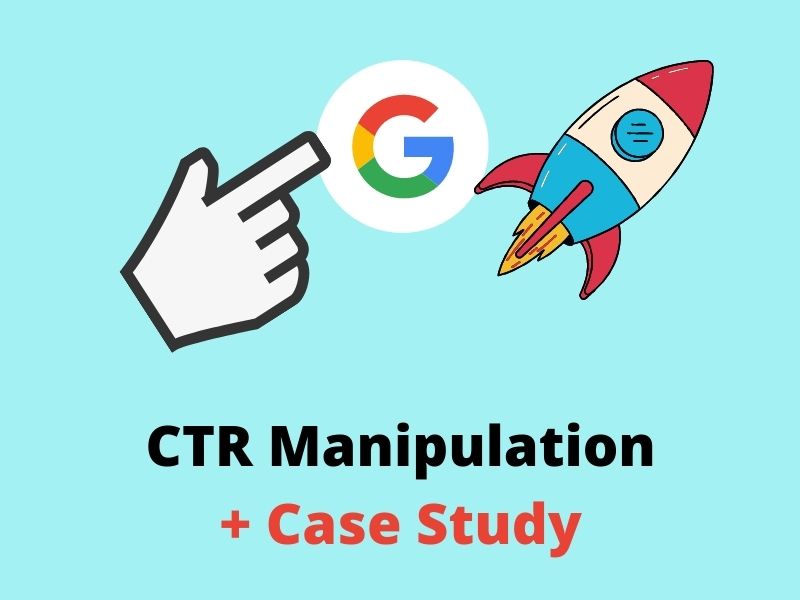Maximizing Organic Click-Through Fees With CTR Control
The optimization of organic click-through prices (CTR) is a nuanced venture that pivots on recognizing both user psychology and efficient web content discussion. The landscape is rife with mistaken beliefs and oversimplifications concerning what truly drives CTR.
Understanding Click-Through Rates
Understanding click-through rates (CTR) is essential for evaluating the performance of on-line advertising and marketing approaches. CTR gauges the portion of individuals who click a certain link or ad compared to the overall number of users who view it. A higher CTR indicates that the content is engaging and relevant to the target audience, while a reduced CTR might indicate a requirement for optimization.
To compute CTR, divide the number of clicks by the number of perceptions and increase by 100. For circumstances, if an advertisement obtains 300 clicks out of 10,000 impressions, the CTR would certainly be 3%. This statistics is crucial for evaluating numerous elements of digital advertising and marketing, including seo (SEARCH ENGINE OPTIMIZATION), e-mail campaigns, and social media marketing.
Moreover, assessing CTR assists marketing experts identify which methods yield the most effective results and which need improvement. By concentrating on enhancing CTR, services can boost their material's presence and efficiency, bring about boosted traffic and prospective conversions. Recognizing the subtleties of CTR is foundational for any type of marketer aiming to optimize their online presence and make the most of return on investment (ROI)

The Psychology of Customer Actions
User habits is substantially influenced by mental elements that dictate exactly how individuals interact with on the internet material. Understanding these factors is necessary for maximizing click-through rates (CTR) in natural search results.
Psychological actions also significantly effect customer behavior. Web content that reverberates psychologically can set off a feeling of seriousness or interest, motivating users to click. Additionally, social evidence-- such as user reviews or ratings-- can enhance depend on and encourage involvement, as individuals often seek to the behaviors of others to inform their very own choices.
Furthermore, the principle of scarcity can drive clicks - CTR Manipulation. Limited-time deals or exclusive content produce a fear of losing out (FOMO), compelling users to act promptly. Understanding these emotional drivers allows marketing experts to create more engaging content that reverberates with their target audience
Effective CTR Control Strategies
Leveraging mental understandings can substantially boost click-through rates (CTR) via targeted manipulation techniques. Among the most effective approaches is the usage of compelling headings that stimulate curiosity or seriousness. Phrasing titles as concerns or integrating numbers can draw in more focus, prompting individuals to click.
Another strategy involves optimizing meta summaries to create a feeling of relevance and immediacy. By clearly describing the solutions or advantages provided in the web content, you can involve possible viewers and convince them to click. Additionally, utilizing power words-- such as "special," "proven," or "cost-free"-- can improve the charm of your content.
Visual elements likewise play an essential a knockout post function. Integrating appealing images or thumbnails can attract individuals in and improve CTR. A/B screening different visuals website here can aid recognize which pictures resonate ideal with your target market.
Lastly, ensuring that your content guarantees deliverable value brings about higher CTR. When users regard that clicking will certainly provide them with meaningful insights or services, they are more probable to engage. By employing these techniques thoughtfully, marketers can efficiently manipulate CTR to their benefit while preserving honest requirements.
Common Misconceptions Concerning CTR
Several mistaken beliefs surround click-through rates (CTR) that can lead marketers to make misguided choices. One prevalent misconception is that a greater CTR constantly translates to better performance. While a high CTR suggests that more users are clicking, it does not guarantee sales or conversions. Inevitably, the performance of website traffic relies on the top quality of the landing web page and the importance of the material.
Another usual idea is that CTR is a separated metric. In truth, CTR needs to be examined combined with various other efficiency indicators, such as bounce price and conversion rate, to obtain an alternative view of campaign success.
Furthermore, some marketing experts assume that optimizing for CTR alone is sufficient. Concentrating specifically on CTR can lead to clickbait methods that may bring in clicks however fall short to engage individuals meaningfully. CTR Manipulation Press Release. This strategy can damage brand name reputation and cause reduced retention prices
Last but not least, there is a concept that CTR strategies are globally effective. The truth is that optimum CTR methods can vary dramatically throughout sectors and target market, requiring customized techniques for different market sectors. Comprehending pop over to this web-site these misconceptions is essential for creating effective CTR strategies that align with overarching advertising objectives.
Gauging CTR Success
Although high click-through prices (CTR) can indicate successful engagement with content, gauging their real success requires a thorough analysis of a number of variables. First, it is essential to comprehend the context in which the CTR is attained. For instance, a high CTR on a misleading title may not equate to meaningful engagement or conversions, eventually reflecting inadequately on the brand name's credibility.
2nd, reviewing the source of website traffic is vital. Organic website traffic from internet search engine can indicate a robust material approach, while clicks from unnecessary resources might show an absence of targeting. In addition, measuring the succeeding user habits is important; assessing metrics such as bounce rate, time spent on page, and conversion prices can supply much deeper understandings right into the high quality of the involvement launched by the CTR.

Final Thought

The optimization of natural click-through prices (CTR) is a nuanced venture that hinges on recognizing both individual psychology and efficient web content presentation. CTR determines the portion of users who click on a specific link or advertisement contrasted to the complete number of individuals that watch it. A greater CTR indicates that the material is engaging and appropriate to the target audience, while a reduced CTR may signal a requirement for optimization.
Concentrating solely on CTR can lead to clickbait tactics that might draw in clicks however fail to engage users meaningfully. Furthermore, determining the subsequent user behavior is important; examining metrics such as bounce price, time invested on web page, and conversion prices can give much deeper insights right into the quality of the interaction started by the CTR.